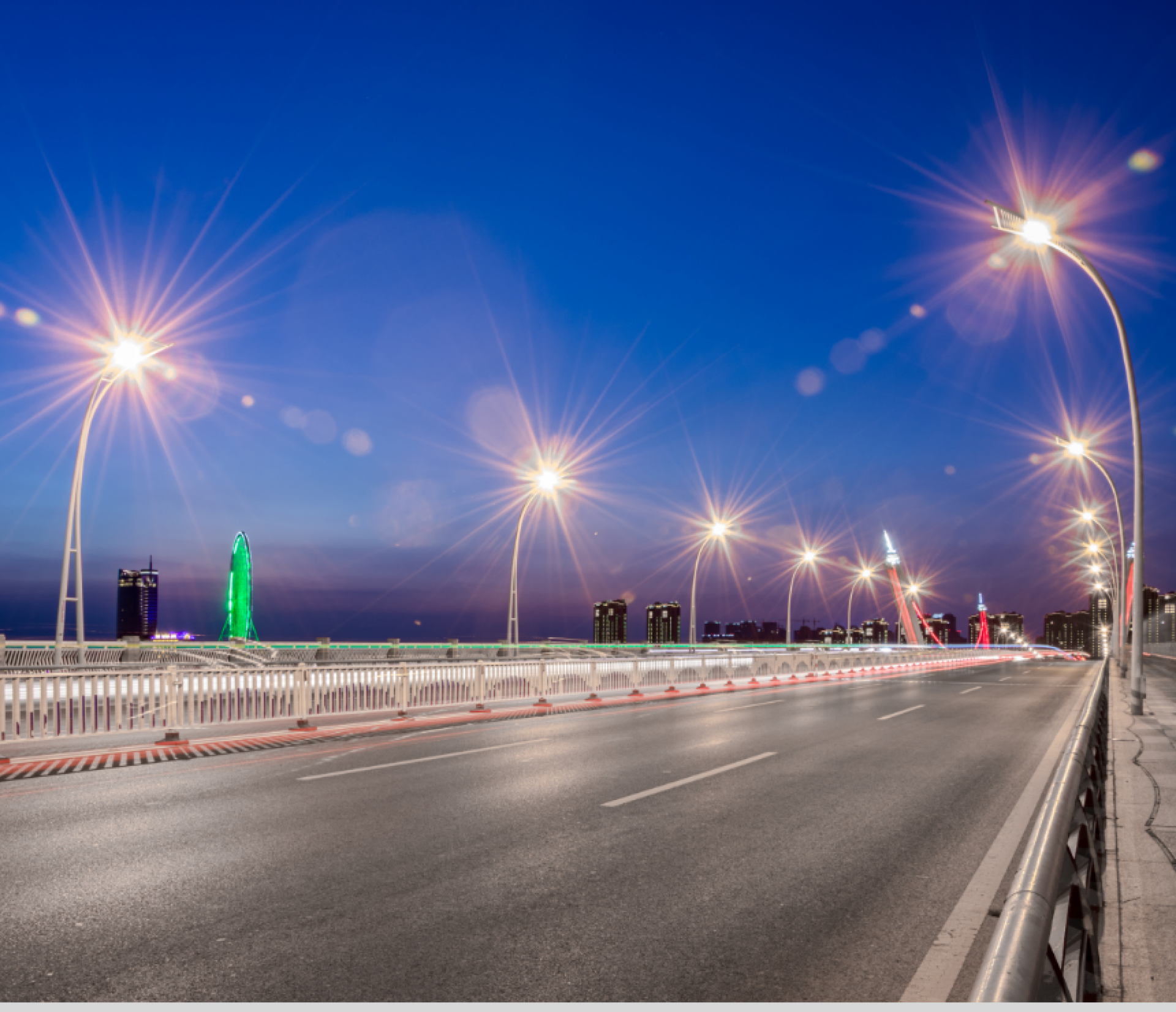
Road lighting facilities are an important part of modern transportation infrastructure and serve to ensure the safety of drivers, pedestrians, and cyclists. They enable visibility at night, assist in ensuring the safety of road users, and maintain smooth and effective traffic
Road lighting facilities are an important part of modern transportation infrastructure and serve to ensure the safety of drivers, pedestrians, and cyclists. They enable visibility at night, assist in ensuring the safety of road users, and maintain smooth and effective traffic. They consist of several main components:
Lighting poles: The lighting poles are the central component in the road lighting system. They constitute the physical structure of the system and allow the lamps to be placed safely and efficiently.
Lamps: Road lighting lamps are the main component that illuminates the road. They can be of certain intensities and use different technologies, including halogen, LED, neon, etc.
Electrical system: An electrical system connects all the road lamps to a power source. It includes wires, switches, electrical boxes, and alarms.
Control system: The control system manages the system and allows it to operate automatically. This can include scheduling times for turning the lamps on and off.